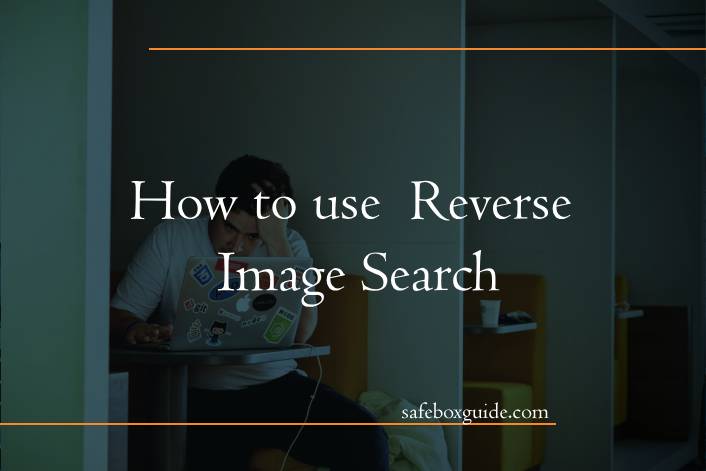In today’s digital age, images have become a ubiquitous form of content, shaping our online experiences and interactions. Whether you’re browsing social media, shopping online, or conducting research, images play a crucial role in conveying information and capturing attention. However, what if you come across an image and want to know more about its origins, find similar images, or verify its authenticity? Enter reverse image search, a powerful tool that enables users to search the web using an image rather than text. In this comprehensive guide, we explore how to use reverse image search effectively and unleash its full potential.

Contents
What is Reverse Image Search?
Reverse image search is a technique that allows users to discover information about an image by uploading it to a search engine or using its URL. Instead of entering text-based queries, users provide an image as input, and the search engine retrieves visually similar images, related web pages, and relevant information based on visual content analysis.
How to Perform Reverse Image Search
1. Using Search Engines: Most popular search engines, including Google, Bing, and Yandex, offer reverse image search functionality. To perform a reverse image search using Google:
– Visit Google Images (images.google.com).
– Click on the camera icon in the search bar.
– Choose to upload an image or enter the image URL.
– Click “Search” to view results.
2. Using Dedicated Reverse Image Search Tools: There are several dedicated reverse image search tools and websites that streamline the process and offer additional features. Some popular options include lenso.ai, TinEye, Reverse Image Search by SmallSEOTools, and Yandex.Images.
3. Using Browser Extensions: Many web browsers offer extensions or add-ons that enable users to perform reverse image searches directly from their browsers. Simply install the extension, right-click on an image, and select the option to search for it using your preferred search engine.
Practical Applications of Reverse Image Search
1. Identifying Objects, Locations, and Landmarks: Reverse image search can help identify objects, landmarks, or locations depicted in an image. Whether it’s a famous landmark, an unfamiliar object, or a picturesque landscape, reverse image search can provide valuable context and information.
2. Verifying Authenticity and Detecting Fake Images: In an age of digital manipulation and misinformation, verifying the authenticity of images is essential. Reverse image search can help detect fake or altered images by finding similar versions or uncovering the source.
3. Finding Higher Resolution or Alternative Versions: Reverse image search can be used to find higher resolution versions of an image or locate alternative versions with different aspect ratios, color schemes, or compositions.
4. Discovering Copyright and Usage Information: If you’re unsure about the copyright status or usage rights of an image, reverse image search can help identify the original creator or source, providing insights into licensing and usage permissions.
5. Tracking Down Products or Similar Images: Reverse image search is a valuable tool for online shoppers looking to track down products featured in images or find similar items. By uploading a product image, users can discover where to buy it, read reviews, and explore related products.
Tips for Effective Reverse Image Search
1. Use High-Quality Images: For best results, use high-resolution, clear images with distinctive features and details.
2. Crop or Edit Images: If necessary, crop or edit images to focus on specific elements or remove irrelevant content before performing a reverse image search.
3. Provide Contextual Information: When searching for specific objects, landmarks, or products, provide additional contextual information in your search query to narrow down results.
4. Try Different Search Engines: Experiment with different search engines and reverse image search tools to maximize your chances of finding relevant information.
Reverse image search is a versatile and powerful tool that empowers users to uncover information, verify authenticity, and explore visual content in new ways. Whether you’re a researcher, journalist, designer, or everyday internet user, mastering the art of reverse image search can enhance your online experience and unlock a world of possibilities. By following the tips outlined in this guide and leveraging the capabilities of reverse image search tools, you can harness the full potential of visual content analysis and navigate the digital landscape with confidence and efficiency.

